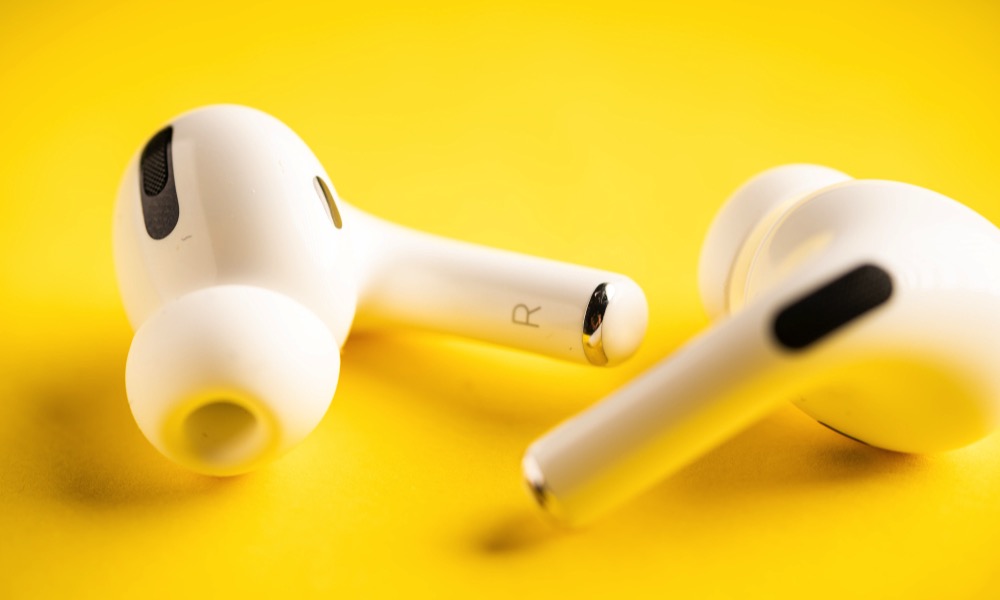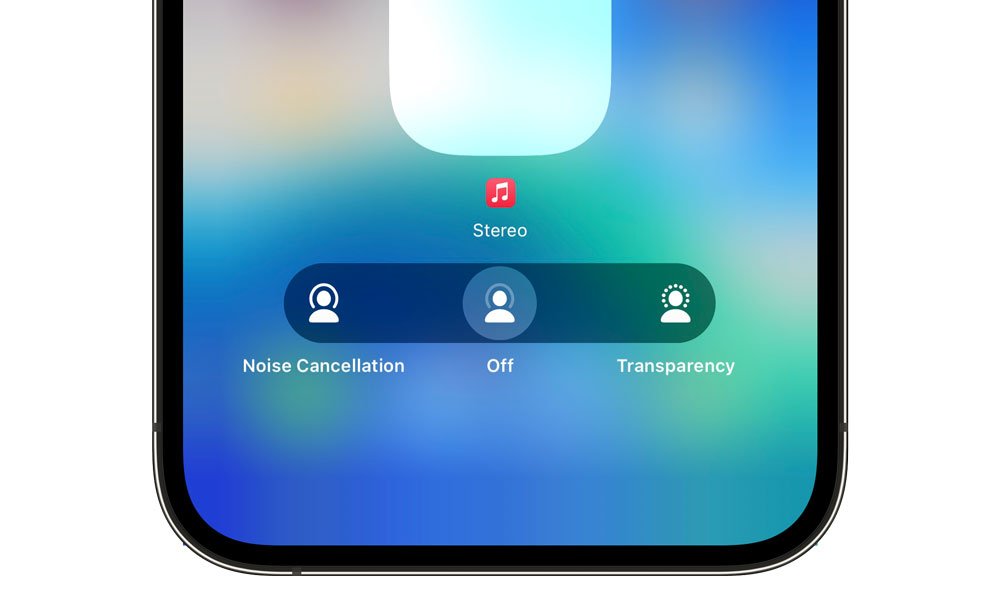Are Your AirPods Pro Making Strange Crackling Noises? Apple Will Replace Them for Free
 Credit: Fadhli Adnan / Shutterstock
Credit: Fadhli Adnan / Shutterstock
Toggle Dark Mode
Although Apple’s AirPods Pro are a fantastic set of true wireless earbuds, it’s become clear that the company had some problems with the first few batches to come off the assembly line, with some of the buds developing sound issues related to the Active Noise Cancellation feature.
Last fall, Apple launched one of its free service programs to address these issues, offering to replace any defective AirPods Pro earbuds at no charge if they were found to be exhibiting crackling or static sounds or ANC-related problems.
The service program applies only to AirPods Pro — not standard AirPods or AirPods Max — and Apple notes that it only covers AirPods Pro units manufactured before October 2020. Presumably, Apple resolved the issue around that time, so AirPods Pro earbuds made more recently shouldn’t be affected.
Specifically, Apple’s Service Program Bulletin notes that affected AirPods Pro could be exhibiting one or more of the following behaviours:
- Crackling or static sounds that increase in loud environments, with exercise or while talking on the phone
- Active Noise Cancellation not working as expected, such as a loss of bass sound, or an increase in background sounds, such as street or airplane noise
If you’re having any of these problems with your AirPods Pro, or even if you suspect you might be, then you should definitely head to your local Apple Store and get them checked out. If they’re found to be defective, Apple will replace whichever one of the earbuds is affected free of charge — either the left, right, or both.
There’s even better news, however, since even if you haven’t run into this problem yet, you now have an extra year of coverage just in case, as Apple has quietly extended the repair program to three years after the first retail sale of the unit.
This means that even if you buy a set of AirPods Pro today, you’ll have until late 2024 to get them fixed should you run into this problem. Of course, if you’re buying a new set of AirPods Pro now, you likely won’t have this problem, as it’s only supposed to affect those manufactured more than a year ago. However, as unlikely as it is considering the popularity of the AirPods Pro, it’s still possible that old stock could be floating around at some retailers.
While the original program covered the AirPods Pro for two years from the date of purchase, it was basically moot for those who invested in AppleCare+ for their AirPods, as this provides two years of coverage anyway. The additional year, however, means that you’ll still be able to get the problem fixed even after your AppleCare+ coverage expires.
What’s the Problem?
I’ve personally run into this problem with my AirPods Pro, which were purchased the first day they arrived at my local Apple Store (the price of being an early adopter).
Based on Apple’s description and my own experience, this appears to be related directly to the operation of the ANC and Transparency features on the AirPods Pro, and the description of a static or crackling noise is pretty accurate. It almost sounds as if one of the earbuds is rubbing against something inside my ear, as it makes the most noise when I’m moving — either walking or even simply chewing on food or moving my jaw.
What’s notable, however, is that the crackling static noises only occur when the Noise Cancellation or Transparency modes are enabled.
A quick trip into the iPhone Control Centre to turn off these features results in the noise mysteriously disappearing, which feels a bit surreal when you consider that the noises don’t sound like they’re coming from the earbud so much as from somewhere around it. In fact, when I first encountered the problem in my left AirPod, my first instinct was to clean it, as it really did sound like the crackling noise was coming from somewhere other than the AirPod speaker.
However, the fact that turning off ANC/Transparency makes it go away entirely proves that it’s an electronic defect, rather than simply a problem with the ear cushion or dirt or wax buildup.
If you’re encountering the same problem, you should definitely take advantage of Apple’s service program to get your defective AirPod(s) replaced, but if you want to use your AirPods Pro in the meantime, you can eliminate the distracting sounds by switching off ANC/Transparency. Here’s how:
- Connect your AirPods Pro to your iPhone.
- Swipe down from the top-right corner to bring up Control Centre (or from the bottom of the screen if you’re using an iPhone SE or older iPhone model with a home button).
- Tap and hold on the volume slider.
- If buttons for Noise Control and Spatialize Stereo appear, tap Noise Control.
- Tap the centre Off button.
Your AirPods Pro will remember this setting if you later reconnect to your iPhone, or even if you connect them to another device like an iPad or Mac. When you do get your AirPods Pro replaced, you can turn ANC/Transparency back on with your new pair by following the steps above and tapping either Noise Cancellation or Transparency.
Note that since the AirPods Pro case has nothing to do with this, Apple will not be replacing that as part of the service program. If you’re only having the problem in one earbud, that’s the only one that will be replaced, although if the other one eventually develops the same problem, you can still take advantage of Apple’s extended repair program, as long as it’s been less than three years since you originally bought your AirPods Pro.
Update: I made an appointment at my local Apple Store and took my AirPods Pro in to resolve the issue with my left earbud, however after running tests, the Apple Genius discovered that my right earbud was malfunctioning as well, even though I didn’t hear any audible problems coming from that one.
As a result, he replaced both of them, so if you’re experiencing any audio problems with your AirPods Pro at all, it’s probably a good idea to get them checked out, as Apple’s tests may be able to detect problems that your ears can’t even hear yet.







